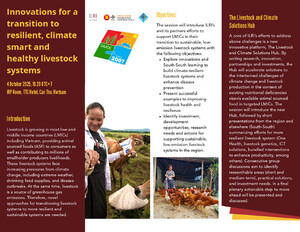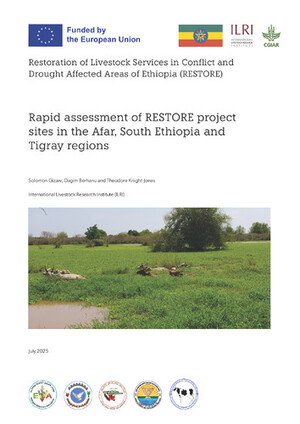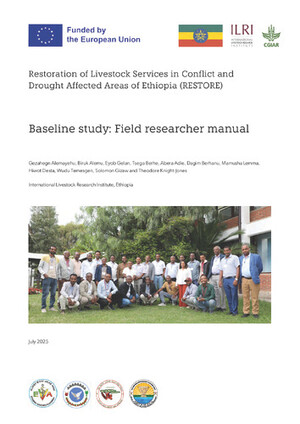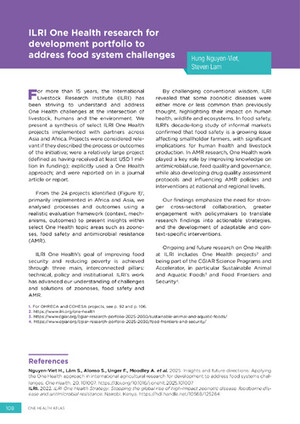
A comparison of cultivation techniques for successful tree establishment on compacted soil
Abstract
Soil compaction is often responsible for the poor establishment of trees on restored brownfield sites. This paper examines the root development, survival and growth of Alnus cordata, Larix kaempferi, Pinus nigra and Betula pendula after cultivation with complete cultivation, a standard industrial ripper and a prototype ripper. The industrial ripper was used in one pass across the experimental plots and the prototype ripper in both two and four passes. While the maximum root depths, after five growing seasons, attained by trees were similar to the target soil loosening depths for the cultivation techniques, the total number of roots suggests that root development was not uniform across the soil profile. All treatments significantly increased both the maximum root depth and total number of roots compared with the untreated control; the complete cultivation had approximately double the number of roots compared with the other treatments. Larger average root diameters and a higher percentage of coarse roots also suggest that roots experienced physical restriction in the control, two-pass prototype and industrial ripper plots. Similarly, while all species had attained significantly greater height growth on the treated soils compared with the control, the height of A. cordata, L. kaempferi and B. pendula was greatest after complete cultivation. The results demonstrate that complete cultivation is the most effective method of alleviating soil compaction for tree establishment.
Citation
Sinnett, D., Poole, J. and Hutchings, T.R. 2008. A comparison of cultivation techniques for successful tree establishment on compacted soil. Forestry 81(5): 663 - 679










